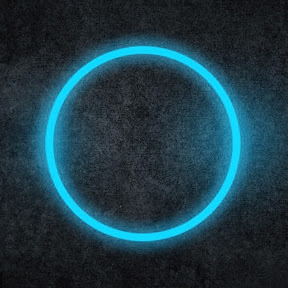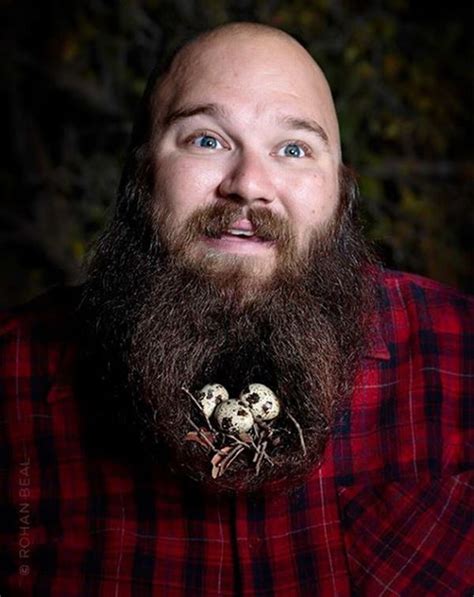Caption this.
NSFWCapturing a retrograde ejaculation on film is a rite of passage for many medical videographers. The urethra is plugged up by the camera leaving nowhere for ejaculate to go but into the bladder. The prostate is stimulated until orgasm. Once the filming is complete, the subject should be given a light snack and released back into the wild.
Somebody please make this porn
Please…no
I’m gonna put two jars down, one that says DO and one that says DON’T, y’all can vote with dollar bills
You’re going to need buckets.
Call Werner Herzog
Worse eye wash station ever
“Hmm, yes, your pee is indeed stored in your balls.”
Also, why does the tip of the penis look like the mouth of a Graboid from Tremors?
Uncircumcised
The team building games are getting too intense for me.
Get a medical degree they said. It will be fun they said.
Cockeyed
“Dr. I.C. Weiner”
Oh, crud!
Hey, my eyes are up here.
Cystoscopy
TIL. Seems to be a rigid scope, so:
Rigid cystoscope: These cystoscopes don’t bend. Your provider may pass instruments through the tube to perform biopsies or remove tumors. This cystoscope is usually only used with sedation or general anesthesia.
Doesn’t explain the other hand though.
No, it doesn’t. The surgeons I work with don’t do prostate manipulation when they insert the scopes, but my guess is that it’s a way to straighten out the urethra to assist with scope insertion in awake or lightly sedated patients (with local anaesthesia).
Update: I ran into an actual urologist in the change room and showed him the diagram. He said the only time he would apply pressure like that is to improve the position of the prostate during a prostate resection, but not just to do a cystoscopy. I asked if this was more common during direct vision cystoscopy (using your eye to see down the scope rather than a camera unit as we do now), and he said he didn’t think so but wasn’t sure. This guy is not that far off retirement, so he’s been around long enough to remember a lot of advances in technique and technology. I think this diagram belongs in a museum.
When you say “straighten out the urethra”, is that professional medical-speak for “fingerblast his p spot to get him hard”?
I assume you were making a joke, but just in case you weren’t, it is not.
It was at least half joking, but I am genuinely curious how the finger in his ass would straighten the urethra. Is it the internal part of the urethra that needs straightening, and if so, can you really just push it around from the anus like that?
The part of the urethra that passes through the prostate is usually bent. As I said, I’m only guessing, but I think by angling the penis down and pushing the prostate forward from behind, it should make it less of a sharp angle for the scope to pass through, therefore reducing pain and risk of urethral injury.
ded
Thank you for your service. 🫡
True
Bro I love Cryptopsy, their album None So Vile slays!
Phobophile rules.
Pain.
Yes.
First date ideas
When you stare into a piss, it stares back into you
Record scratch. “Yep, that’s me. You’re probably wondering how I got here”
Where’s Wally: The Movie
I C U P
R U N ?
Tickle ding dong pickle










